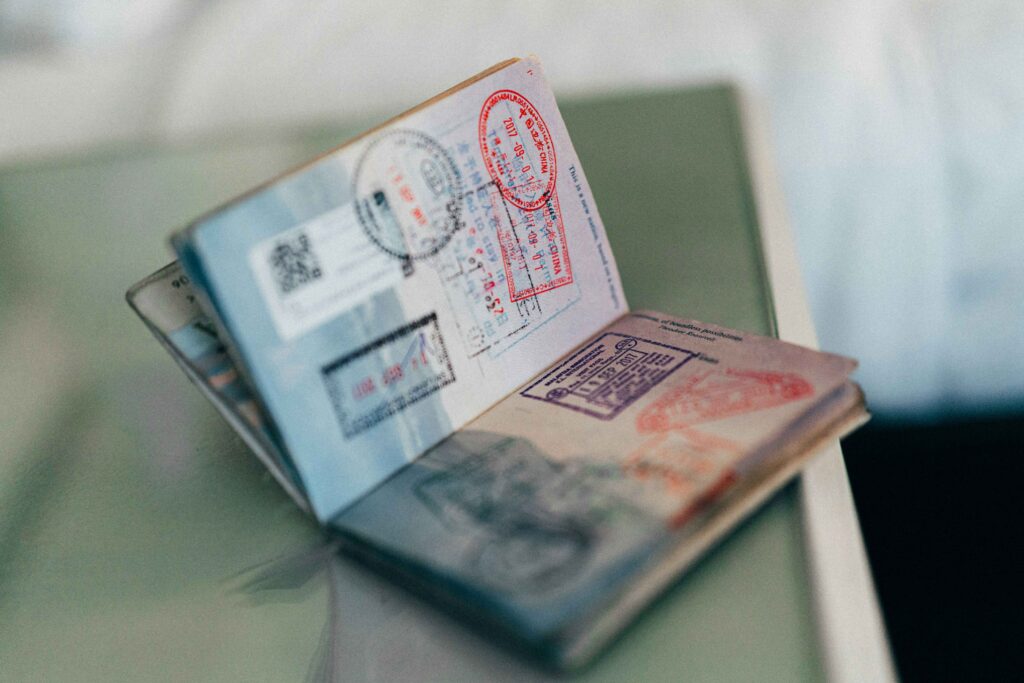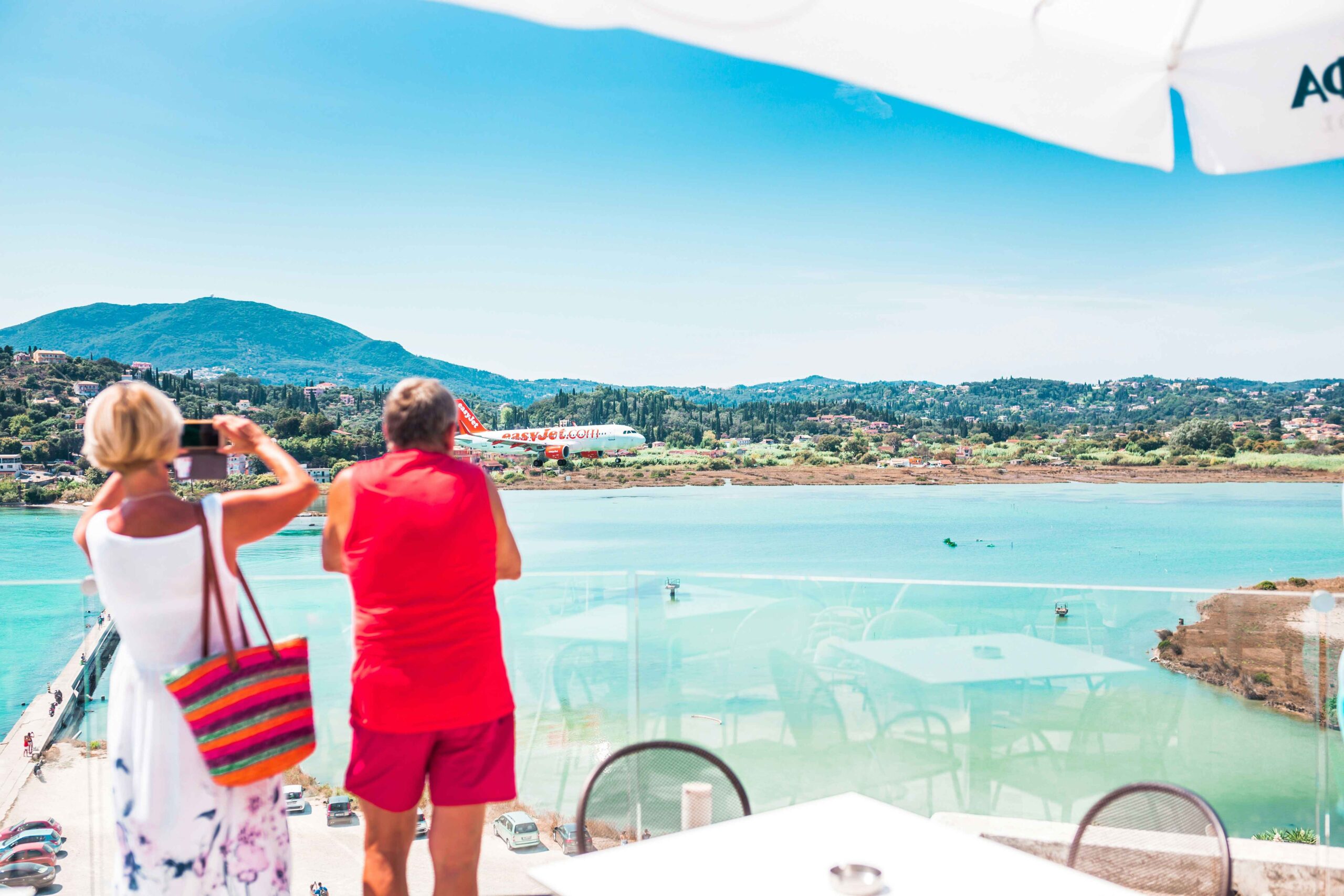Relocating abroad can be an exciting opportunity for Canadians seeking new experiences, lower costs of living, or a change of scenery. However, understanding visa and residency requirements is essential for a smooth transition. This article breaks down the key differences between tourist visas, temporary residency, and permanent residency, and provides guidance for Canadians on navigating these processes. It also explores citizenship pathways for those considering long-term relocation.
Tourist Visas: Short-Term Stays
A tourist visa allows foreigners to visit a country for leisure, family visits, or other non-business purposes for a limited time. Thanks to Canada’s Tier A passport—one of the most powerful in the world—Canadians enjoy visa-free or visa-on-arrival access to over 180 countries. This means that entry requirements are typically straightforward, with few restrictions.
Key Features of Tourist Visas:
- Duration: Usually valid for 30 to 90 days, depending on the country. Extensions may be available but often require an application before the initial visa expires.
- Restrictions: Work, long-term stays, and certain activities (e.g., volunteering) are typically prohibited under a tourist visa.
Example Countries:
- Mexico: Canadians can stay visa-free for up to 180 days.
- Portugal: Allows Canadians visa-free entry for up to 90 days within a 180-day period.
- Thailand: Provides Canadians with 30 days of visa-free travel, extendable by another 30 days.
Temporary Residency: Medium-Term Stays with Purpose
Temporary residency visas allow foreigners to live in a country for an extended period, typically for work, study, family reunification, or other specific reasons. Unlike tourist visas, these visas often come with permissions to work or study.
Key Features of Temporary Residency:
- Duration: Usually valid for 1 to 3 years, with the option to renew.
- Eligibility: Applicants may need to show proof of employment, financial stability, or enrollment in an educational program. Depending on the temporary visa type, such as retiree vs. digital nomad, applicants will need to prove a minimum income threshold for both the primary applicant and their dependants.
- Obligations: Temporary residents often need to maintain legal status by renewing their visas before they expire. Depending on the country, visa holders may also be required to spend a certain number of days within the country each year to maintain their status.
Additionally, there are often restrictions on driving privileges. For instance, some countries only allow individuals to drive using their Canadian driver’s license for the first 90 days on a tourist or temporary residency visa. After this period, individuals must obtain a local driver’s license to continue driving legally.
Example Countries:
- Spain: Canadians can apply for a Non-Lucrative Visa if they have sufficient income or savings. This visa is renewable annually and can lead to permanent residency. Visa holders must spend at least 183 days in Spain annually to maintain their status.
- Costa Rica: Offers the “Pensionado” (retiree) and “Rentista” (self-funded) residency options for Canadians meeting income requirements. Temporary residents are required to stay in Costa Rica for at least four months per year to maintain their visa.
- Indonesia: Provides a Digital Nomad Visa allowing remote workers to stay for up to one year, with extensions possible, as long as they do not earn income locally.

Permanent Residency: Long-Term Stability
Permanent residency (PR) is a status that allows foreigners to live in a country indefinitely. PR holders often enjoy many of the same rights as citizens, including access to healthcare, education, and the ability to work without restrictions.
Key Features of Permanent Residency:
- Duration: Permanent, though some countries require periodic renewals.
- Eligibility: Typically granted after holding temporary residency for several years or through direct pathways like investment programs.
- Rights and Restrictions: PR holders usually cannot vote but may qualify for public services.
Example Countries:
- Panama: The “Friendly Nations” visa offers a streamlined pathway to PR for Canadians, requiring proof of economic or professional ties to Panama, such as starting a business or investing in real estate.
- Malaysia: Offers the “Malaysia My Second Home (MM2H)” program, which provides long-term residency to foreigners meeting financial requirements.
- Hungary: PR is attainable after five years of continuous residency, with pathways available for workers, students, and family members.
Citizenship: The Final Step
Citizenship is the ultimate step for those who wish to fully integrate into their host country. Naturalization processes vary but generally involve a combination of residency requirements, language proficiency, and cultural integration.
General Naturalization Requirements:
- Residency: Typically requires 5 to 10 years of legal residency.
- Language Proficiency: Applicants must demonstrate basic proficiency in the host country’s official language(s).
- Cultural Integration: Some countries require passing a citizenship test or interview.
Example Pathways for Canadians:
- Hungary: Citizenship is available after eight years of residency and passing a Hungarian language and culture test.
- Panama: Canadians can apply for citizenship after five years of permanent residency, provided they demonstrate Spanish proficiency and integration into Panamanian society.
- Uruguay: Citizenship can be obtained after three to five years of residency (depending on marital status), with a focus on demonstrating ties to the community and proficiency in Spanish.

Key Takeaways for Canadians
Relocating abroad as a Canadian comes with favorable entry conditions, but understanding the differences between visa types is crucial. While a Tier A passport offers significant advantages, careful planning is needed to ensure compliance with foreign residency laws and long-term integration.
For those pursuing temporary residency, it is highly recommended to work with a reputable local lawyer specializing in immigration law. Immigration lawyers can provide invaluable assistance by:
- Navigating Complex Processes: They understand the nuances of local immigration regulations and ensure all documentation is accurate and complete.
- Saving Time: Lawyers can expedite applications by identifying potential roadblocks early.
- Ensuring Compliance: Many countries require legal representation for certain visa applications, and having a lawyer ensures you meet these requirements.
Whether you’re seeking a short-term adventure or a permanent move, understanding the requirements for tourist visas, temporary residency, permanent residency, and citizenship—and leveraging professional guidance—will set you on the path to success in your new home.
Featured Image Source: Photo by Alexander Mils on Unsplash
